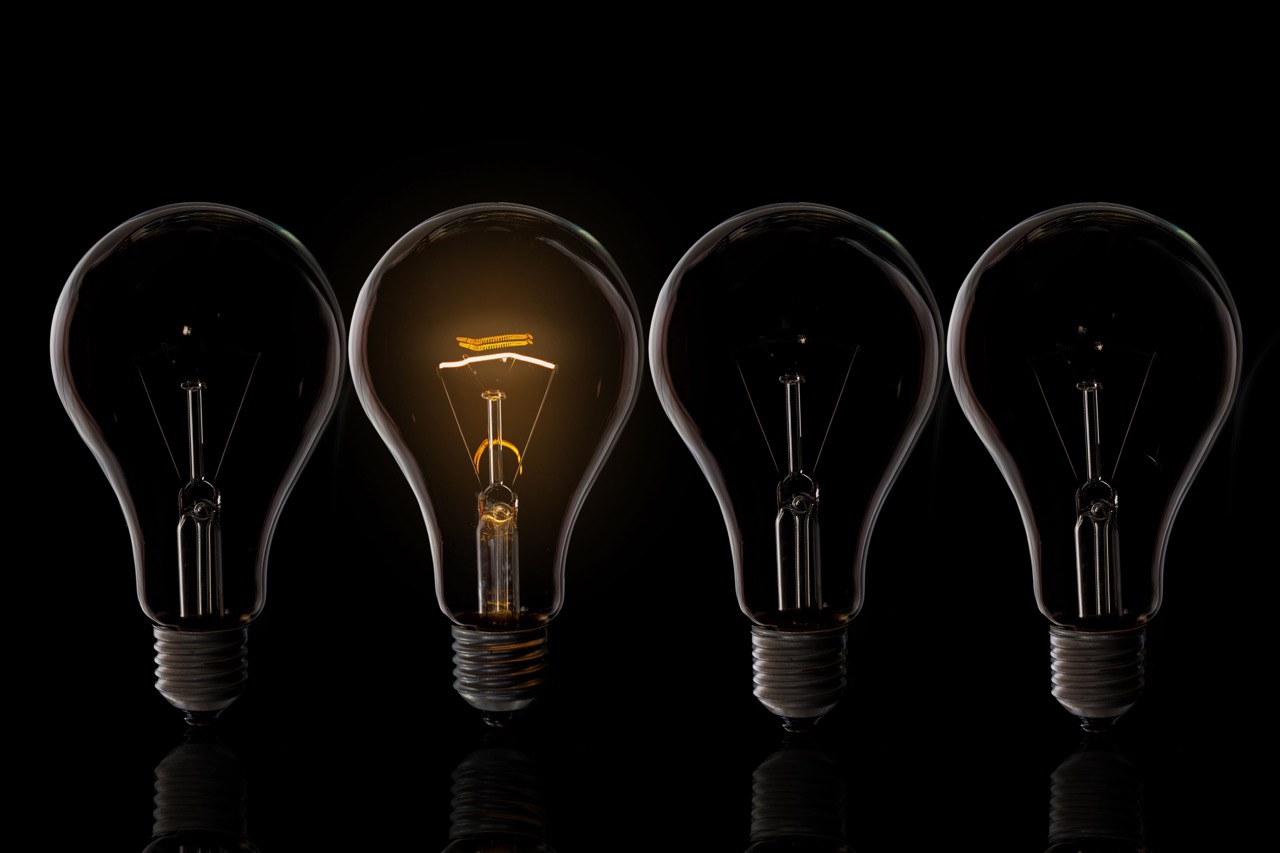

Articles
What Is The Purpose Of The Light Bulb
Modified: August 22, 2024
Discover the purpose of the light bulb with informative articles. Gain insights into the history, function, and impact of this essential invention.
(Many of the links in this article redirect to a specific reviewed product. Your purchase of these products through affiliate links helps to generate commission for Storables.com, at no extra cost. Learn more)
Introduction
The invention of the light bulb has revolutionized the way we live and work. It has become an integral part of our daily lives, providing us with the ability to illuminate our surroundings and extend our active hours into the night. From the early days of incandescent bulbs to the more recent advancements in LED technology, light bulbs have come a long way in terms of efficiency and functionality.
In this article, we will explore the history of the light bulb, how it works, its benefits, the different types available, and its environmental impact. Understanding these aspects will not only help us appreciate the significance of this invention but also enable us to make informed decisions when choosing the best option for our lighting needs.
So, let’s delve into the fascinating world of light bulbs and discover the purpose they serve in our modern society.
Key Takeaways:
- The purpose of the light bulb has evolved from providing artificial illumination to offering energy-efficient, long-lasting, and customizable lighting solutions, contributing to a brighter and more sustainable future.
- Understanding the history, functionality, and environmental impact of light bulbs is crucial for making informed decisions when selecting the right lighting options for homes and businesses, promoting energy efficiency and adopting sustainable lighting solutions.
Read more: What Is A Light Bulb
History of the Light Bulb
The journey of the light bulb dates back to the early 19th century when inventors and scientists began to explore ways to create artificial illumination. It was a time of great curiosity and innovation, as the demand for a reliable and long-lasting source of light was becoming increasingly apparent.
One of the earliest pioneers in this field was Thomas Edison, who is widely credited with inventing the practical incandescent light bulb. In 1879, Edison successfully developed a carbon filament that could withstand the high temperatures required to produce light without burning out quickly. This breakthrough marked the beginning of a new era of lighting technology.
However, it’s important to note that Edison was not the sole inventor of the light bulb. There were several other notable figures who made significant contributions to its development. One such individual was Sir Joseph Swan, who independently created a working incandescent lamp around the same time as Edison. Swan’s design utilized a more durable and efficient filament, and his work eventually led to a patent-sharing agreement with Edison.
As the years went by, the technology behind light bulbs continued to evolve. In the early 20th century, advancements such as tungsten filaments and improved vacuum sealing techniques resulted in even more efficient and long-lasting bulbs. The introduction of frosted glass and different bulb shapes further enhanced the diffusion and directionality of light.
In recent decades, the emergence of LED (light-emitting diode) technology has revolutionized the lighting industry once again. LEDs are small electronic devices that emit light when an electrical current passes through them. They have several advantages over traditional incandescent and fluorescent bulbs, including greater energy efficiency, longer lifespan, and the ability to produce a wide range of colors.
Today, the light bulb industry continues to innovate, with ongoing research in areas such as OLED (organic light-emitting diode) technology and smart lighting solutions. It’s clear that the history of the light bulb is a testament to human ingenuity and our constant pursuit of brighter and more sustainable illumination.
How Light Bulbs Work
Understanding how light bulbs work gives us insights into the fascinating technology behind these common household items. At its core, a light bulb consists of a few essential components that work together to produce light.
Firstly, there is the filament, which is typically made of tungsten in modern incandescent bulbs. When an electric current passes through the filament, it heats up and becomes white-hot, emitting light as a result of the high temperature. The filament is housed within a glass bulb that contains a small amount of inert gas, such as argon or nitrogen, to prevent oxidation and prolong the filament’s lifespan.
Secondly, there are the electrical connections. Light bulbs have two metal contacts, known as the base, which allow the bulb to be connected to a power source. The base also provides support and stability for the bulb.
In incandescent bulbs, the electrical current flows from one base contact through the filament and then back to the other base contact, completing the electrical circuit. As the filament heats up and emits light, it also emits a significant amount of heat. This is why incandescent bulbs are known for their warmth when in use and are less energy-efficient compared to newer technologies like LEDs.
On the other hand, LED bulbs operate differently. LEDs are solid-state devices that directly convert electrical energy into light through a process called electroluminescence. When an electrical current is applied to an LED, electrons move through a semiconductor material, releasing energy in the form of photons (light particles). The color of the light emitted by an LED depends on the specific materials used in the semiconductor and can be controlled to produce various hues.
LED bulbs are highly energy-efficient because they convert a significant portion of electrical energy into light rather than heat. This results in less wasted energy and lower electricity bills. Furthermore, LED bulbs have a much longer lifespan compared to incandescent bulbs, making them a more sustainable and cost-effective lighting option.
Overall, the fundamental working principle of light bulbs involves the generation of light through the controlled flow of electrical current. While incandescent bulbs rely on heating a filament to produce light, LED bulbs utilize semiconductors to directly convert electrical energy into light, offering superior energy efficiency and longevity.
Benefits of Light Bulbs
Light bulbs have transformed the way we illuminate our homes, workplaces, and public spaces. They offer a range of benefits that have significantly improved our quality of life. Let’s explore some of the key advantages of using light bulbs.
1. Energy Efficiency: One of the primary benefits of modern light bulbs, such as LED bulbs, is their energy efficiency. Compared to traditional incandescent bulbs, LED bulbs consume significantly less electricity to produce the same amount of light. This not only helps reduce energy consumption and lower electricity bills but also contributes to a more sustainable and environmentally friendly approach to lighting.
2. Long Lifespan: LED bulbs have an exceptionally long lifespan when compared to incandescent or fluorescent bulbs. While incandescent bulbs typically last for around 1,000 hours, LED bulbs can last for tens of thousands of hours. This extended lifespan reduces the frequency of bulb replacements, saving both time and money in the long run.
3. Cost Savings: The combination of energy efficiency and longer lifespan results in significant cost savings over time. While LED bulbs may have a higher upfront cost compared to traditional bulbs, their efficiency and longevity make them more cost-effective in the long term. Additionally, reduced energy consumption translates into lower electricity bills, contributing to further savings.
4. Environmental Friendliness: Light bulbs, particularly LED bulbs, have a smaller environmental impact compared to traditional bulbs. LED bulbs do not contain hazardous substances like mercury, which is present in fluorescent bulbs, making them safer to use and dispose of. Additionally, the energy savings achieved with LED bulbs help reduce carbon emissions and contribute to a cleaner and greener environment.
5. Versatility: Light bulbs come in a variety of sizes, shapes, and colors, offering versatility in lighting design. Whether you need bright white light for a workspace, warm ambient lighting for a living room, or colorful accent lighting for a special event, there is a light bulb option available to suit your specific needs and preferences.
6. Instant Lighting: Unlike some other lighting sources, light bulbs provide instant illumination when switched on. There is no need to wait for the bulb to warm up or reach its full brightness. This convenience is especially beneficial in situations where immediate lighting is required, such as in emergencies or when entering a dark room.
7. Improved Safety: Light bulbs, particularly LEDs, generate less heat compared to traditional bulbs. This reduces the risk of burns and fire hazards, making them safer for use in various applications, including enclosed fixtures and areas with sensitive materials.
In summary, light bulbs offer numerous advantages, including energy efficiency, long lifespan, cost savings, environmental friendliness, versatility in design, instant lighting, and improved safety. Embracing the advancements in lighting technology can not only enhance our daily lives but also contribute to a more sustainable and efficient future.
The purpose of the light bulb is to produce light by passing an electric current through a filament, which then heats up and emits light. This invention revolutionized indoor lighting and continues to be a fundamental part of modern life.
Different Types of Light Bulbs
Light bulbs are available in a variety of types, each offering unique characteristics and functionalities. Understanding the different types of light bulbs available can help you choose the most suitable option for your specific lighting needs. Let’s explore some of the common types:
1. Incandescent Bulbs: Incandescent bulbs are the traditional light bulbs that Edison introduced in the late 19th century. They work by heating a tungsten filament until it emits light. Incandescent bulbs are known for their warm and dimmable light, but they are less energy-efficient compared to modern alternatives.
2. Halogen Bulbs: Halogen bulbs are a type of incandescent bulb that contains a small amount of halogen gas. They provide a brighter and whiter light compared to standard incandescent bulbs. Halogen bulbs are commonly used for task lighting and are known for their long lifespan.
3. Compact Fluorescent Lamp (CFL) Bulbs: CFL bulbs are energy-saving alternatives to incandescent bulbs. They work by passing an electric current through a tube containing mercury vapor and phosphor coating, which emits visible light. CFL bulbs are known for their efficiency and can last up to ten times longer than incandescent bulbs. However, they do require a short warm-up period to reach full brightness and contain a small amount of mercury, requiring proper disposal.
4. Light-Emitting Diode (LED) Bulbs: LED bulbs are highly popular due to their energy efficiency, longevity, and versatility. They produce light through the movement of electrons in a semiconductor material, emitting light in various colors and intensities. LED bulbs consume significantly less energy, have a long lifespan, and are available in a wide range of sizes, shapes, and colors. They have become the go-to option for both residential and commercial lighting applications.
5. Fluorescent Tubes: Fluorescent tubes are commonly used in commercial and industrial settings. They consist of a long glass tube filled with mercury vapor that emits ultraviolet light when ionized. The tube is coated with phosphor, which converts the ultraviolet light into visible light. Fluorescent tubes are known for their efficiency and are often used for general lighting purposes.
6. High-Intensity Discharge (HID) Bulbs: HID bulbs are powerful light sources commonly used in outdoor lighting applications such as streetlights and stadiums. They produce light through an electric arc between two electrodes in a gas-filled tube. HID bulbs are known for their high brightness and long lifespan.
7. Smart Bulbs: Smart bulbs are a newer addition to the market, offering advanced features and wireless connectivity. These bulbs can be controlled through smartphone apps or voice commands, allowing users to adjust the brightness, color, and even set schedules or create lighting scenes. Smart bulbs provide convenience and flexibility in lighting control.
Each type of light bulb has its own unique characteristics, energy efficiency, color rendition, and lifespan. Understanding the different options available can help you make an informed decision when choosing the right light bulb for your specific lighting requirements.
Environmental Impact of Light Bulbs
As we strive for more sustainable living, it is essential to consider the environmental impact of the products we use, including light bulbs. Let’s explore the environmental implications associated with different types of light bulbs:
1. Incandescent Bulbs: Incandescent bulbs have the highest environmental impact among commonly used light bulbs. They are energy inefficient, converting a significant portion of electricity into heat rather than light. This leads to higher energy consumption and increased greenhouse gas emissions from power plants. Additionally, incandescent bulbs have a shorter lifespan, resulting in more frequent replacements and higher waste generation.
2. Halogen Bulbs: Halogen bulbs are more energy-efficient than incandescent bulbs but still have a higher environmental impact compared to other options. While halogen bulbs provide brighter and whiter light, they consume more energy and have a shorter lifespan. Like incandescent bulbs, they contribute to higher energy usage and waste generation.
3. Compact Fluorescent Lamp (CFL) Bulbs: CFL bulbs have a lower environmental impact compared to incandescent and halogen bulbs. They consume less energy and have a longer lifespan. However, CFL bulbs do contain a small amount of mercury, which requires proper disposal to prevent environmental contamination. It is essential to recycle CFL bulbs to ensure the safe handling of mercury and reduce the release of harmful substances into the environment.
4. Light-Emitting Diode (LED) Bulbs: LED bulbs have the lowest environmental impact among commonly used light bulbs. They are highly energy-efficient, consuming significantly less electricity to produce the same amount of light. LED bulbs also have a much longer lifespan, reducing the frequency of replacements and waste generation. Additionally, LED bulbs do not contain hazardous substances like mercury, making them safer and easier to handle and dispose of responsibly.
5. Overall Impact: The environmental impact of light bulbs extends beyond energy consumption and waste generation. The production and disposal processes of light bulbs also contribute to their overall environmental footprint. It is crucial to choose bulbs from manufacturers committed to sustainable manufacturing practices and opt for recycling programs that encourage proper disposal.
When considering the environmental impact of light bulbs, it is important to weigh factors such as energy efficiency, lifespan, waste generation, and the use of hazardous materials. LED bulbs stand out as the most eco-friendly option, offering significant energy savings, longer lifespan, and safer disposal. By choosing LED bulbs, individuals can make a positive impact on the environment by reducing electricity consumption and minimizing waste.
The Evolution of Light Bulbs
The evolution of light bulbs has been a remarkable journey, marked by ongoing innovation and advancements in lighting technology. From the early days of incandescent bulbs to the rise of LED lighting, let’s explore the key milestones in the evolution of light bulbs:
1. Incandescent Bulbs: The invention of the incandescent light bulb by Thomas Edison and Joseph Swan in the late 19th century paved the way for artificial illumination. Early incandescent bulbs used carbon filaments and had limited lifespans. Over time, the development of tungsten filaments and better vacuum sealing techniques extended the lifespan and improved the efficiency of incandescent bulbs.
2. Fluorescent Tubes: In the early 20th century, the introduction of fluorescent lighting marked a significant advancement in lighting technology. Fluorescent tubes, which contain mercury vapor and phosphor coating, offer increased energy efficiency and longer lifespans compared to incandescent bulbs. They became popular for commercial and industrial lighting applications.
3. Compact Fluorescent Lamp (CFL) Bulbs: In the 1980s, CFL bulbs emerged as an energy-efficient alternative to traditional incandescent bulbs. CFL bulbs use the same fluorescent technology but are designed in a smaller and more compact form. They consume significantly less energy and have longer lifespans than incandescent bulbs, making them a popular choice for residential lighting.
4. Light-Emitting Diode (LED) Bulbs: LEDs have revolutionized the lighting industry in recent years. LED technology allows for the direct conversion of electrical energy into light through electroluminescence. LEDs are extremely energy-efficient, consuming up to 80% less energy than incandescent bulbs. They also have an incredibly long lifespan, often lasting tens of thousands of hours. This technology paved the way for a wide range of LED lighting options, including bulbs, strips, and panels.
5. Smart Lighting: The advent of smart technology has introduced another dimension to the evolution of light bulbs. Smart bulbs can be wirelessly connected, often through Wi-Fi or Bluetooth, and controlled using smartphone apps or voice commands. These bulbs offer the ability to adjust brightness, color, and even create schedules or lighting scenes, providing convenience and customization.
6. Energy Efficiency Regulations: In recent years, governments and organizations worldwide have implemented regulations to phase out incandescent bulbs and promote the use of energy-efficient alternatives. These regulations aim to reduce energy consumption, lower greenhouse gas emissions, and drive the adoption of more sustainable lighting solutions.
The evolution of light bulbs has been driven by the pursuit of energy efficiency, longer lifespan, and environmental sustainability. From the early incandescent bulbs to the emergence of LED and smart lighting, advancements in technology have transformed the way we illuminate our surroundings. As we continue to prioritize energy efficiency and environmental responsibility, the future holds further innovations in lighting technology that will shape the way we light our homes, cities, and spaces.
Conclusion
The light bulb has undeniably revolutionized our modern world, providing us with the ability to illuminate our surroundings and extend productivity into the night. Over the years, we have witnessed a remarkable evolution in lighting technology, from the early incandescent bulbs to the rise of energy-efficient LEDs and smart lighting solutions.
Understanding the history, functionality, and environmental impact of light bulbs is crucial for making informed decisions when it comes to selecting the right lighting options for our homes and businesses. Incandescent bulbs, while a pioneering invention, are now considered less efficient and less environmentally friendly when compared to newer alternatives.
LED bulbs have emerged as the go-to choice for energy-efficient lighting. They offer exceptional efficiency, longevity, and versatility, making them a sustainable and cost-effective option. LED bulbs consume less energy, lower electricity bills, and reduce carbon emissions, contributing to a greener and more sustainable future.
Additionally, the introduction of smart lighting has added a new level of convenience and customization. Smart bulbs can be controlled remotely, allowing users to adjust brightness, colors, and create personalized lighting scenarios to suit their needs and preferences.
As we move forward, it is important to continue promoting energy efficiency and adopting sustainable lighting solutions. Governments, organizations, and individuals all play a crucial role in making responsible choices when it comes to lighting. This includes adhering to energy efficiency regulations, properly disposing of bulbs, and embracing new technologies that minimize environmental impact.
In conclusion, light bulbs have come a long way since their inception. From the early days of incandescent bulbs to the cutting-edge LED and smart lighting solutions available today, the purpose of the light bulb remains the same: to provide us with safe, efficient, and customizable illumination. By embracing energy-efficient options and considering the environmental impact, we can contribute to a brighter and more sustainable future.
Frequently Asked Questions about What Is The Purpose Of The Light Bulb
Was this page helpful?
At Storables.com, we guarantee accurate and reliable information. Our content, validated by Expert Board Contributors, is crafted following stringent Editorial Policies. We're committed to providing you with well-researched, expert-backed insights for all your informational needs.
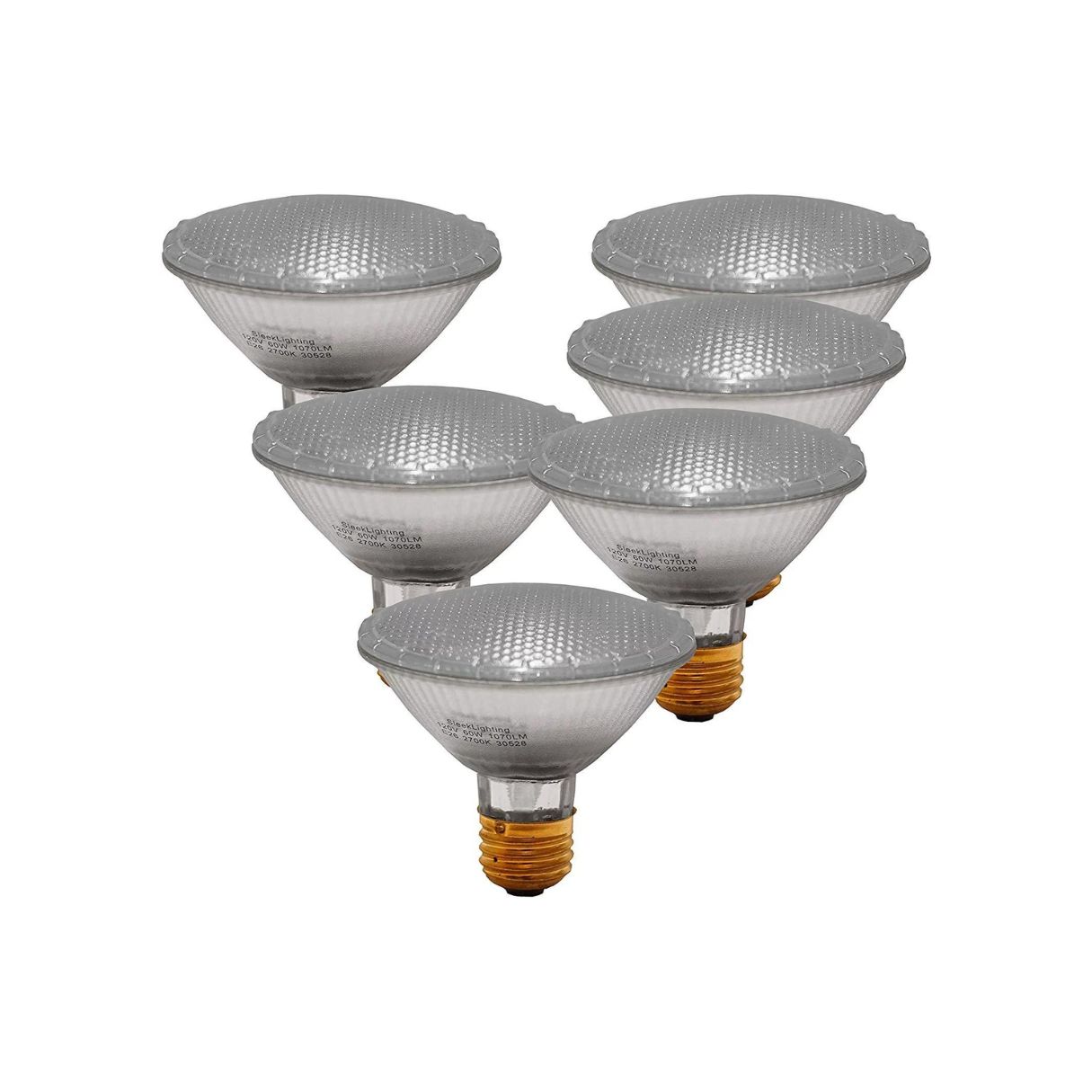
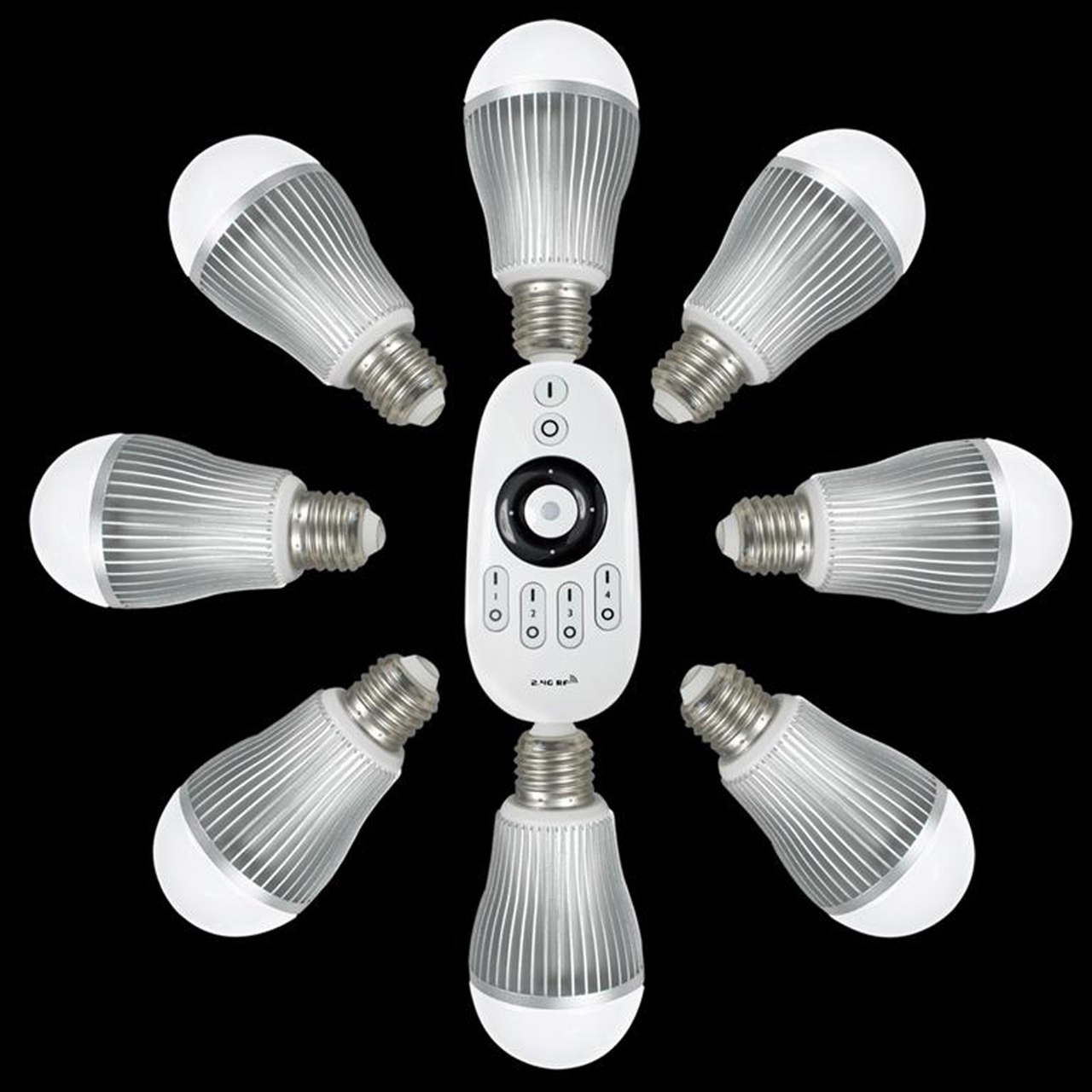
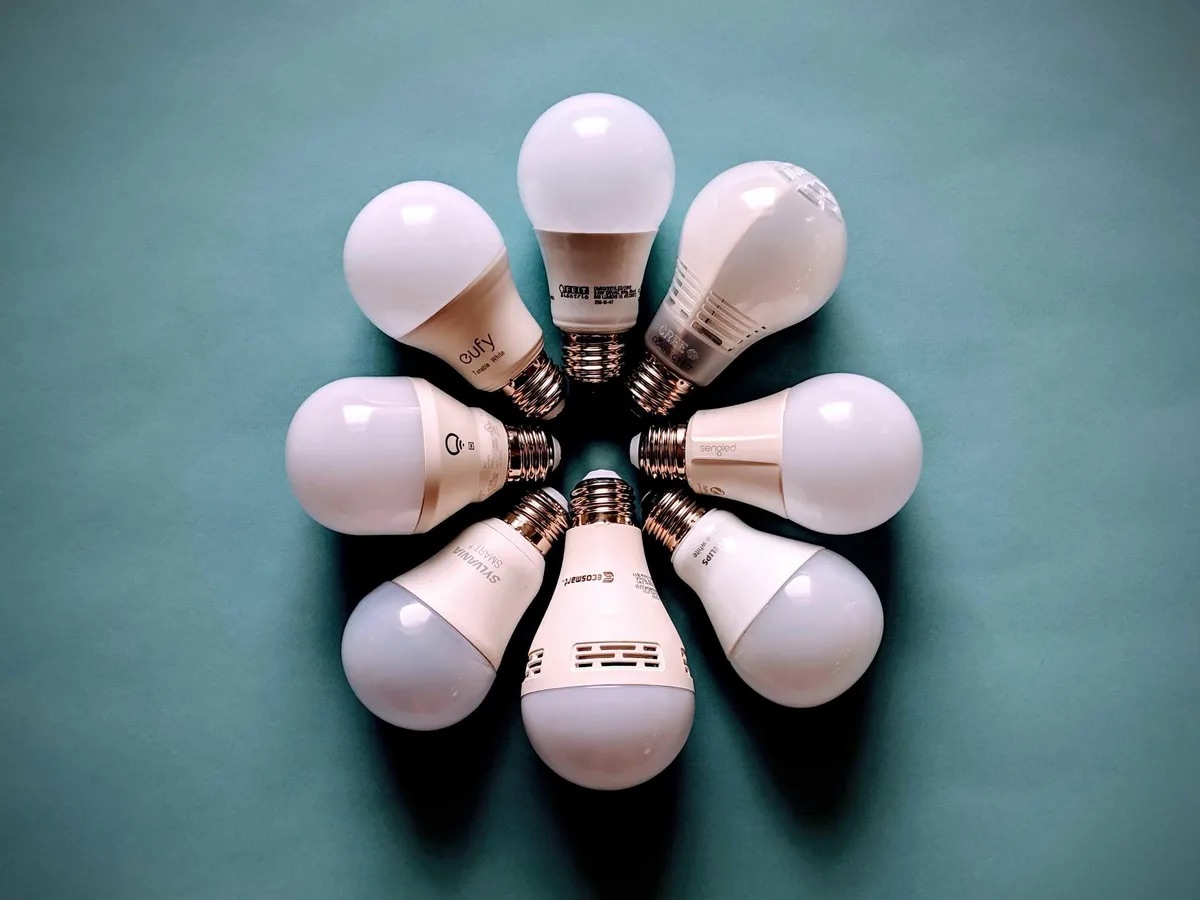
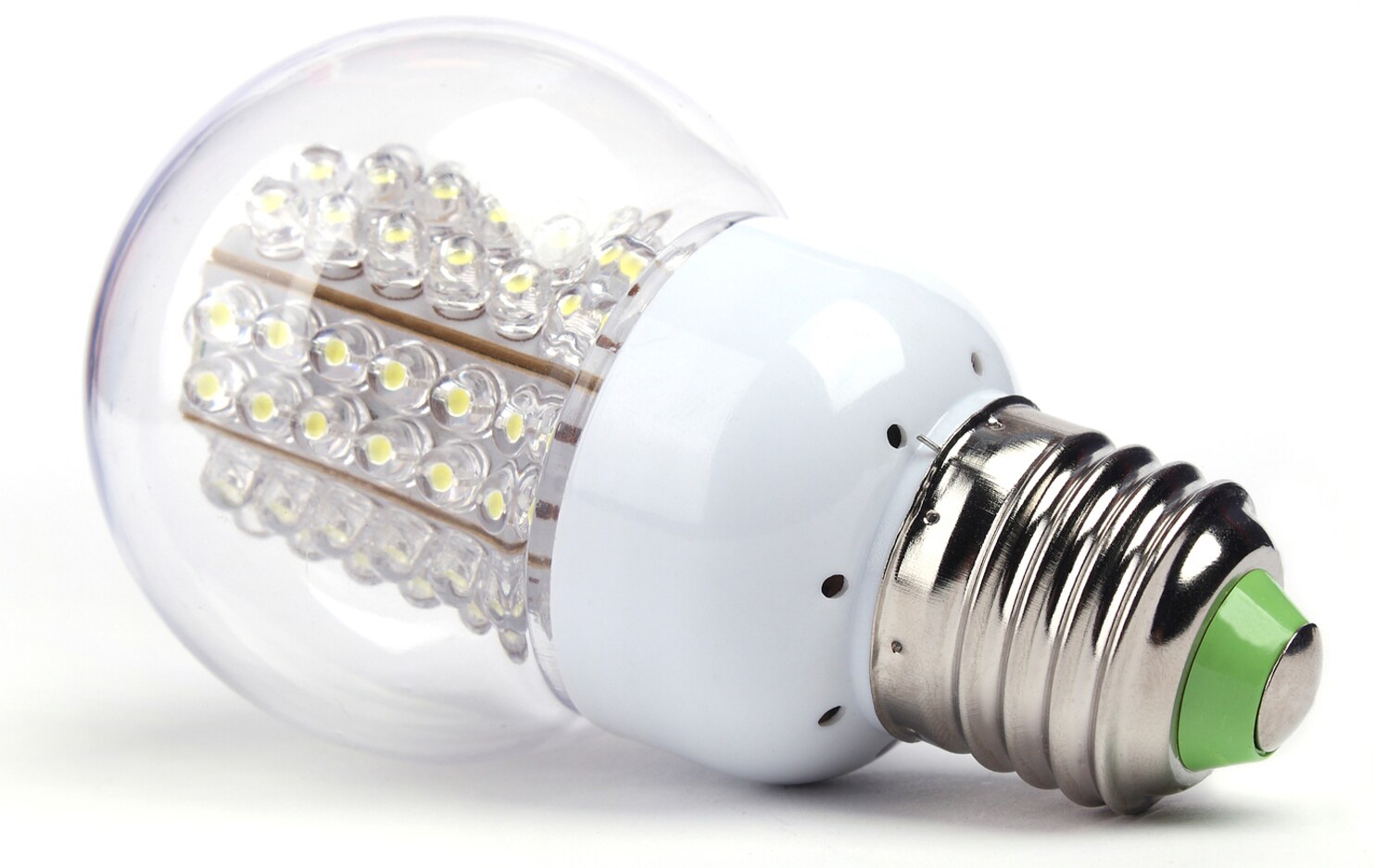
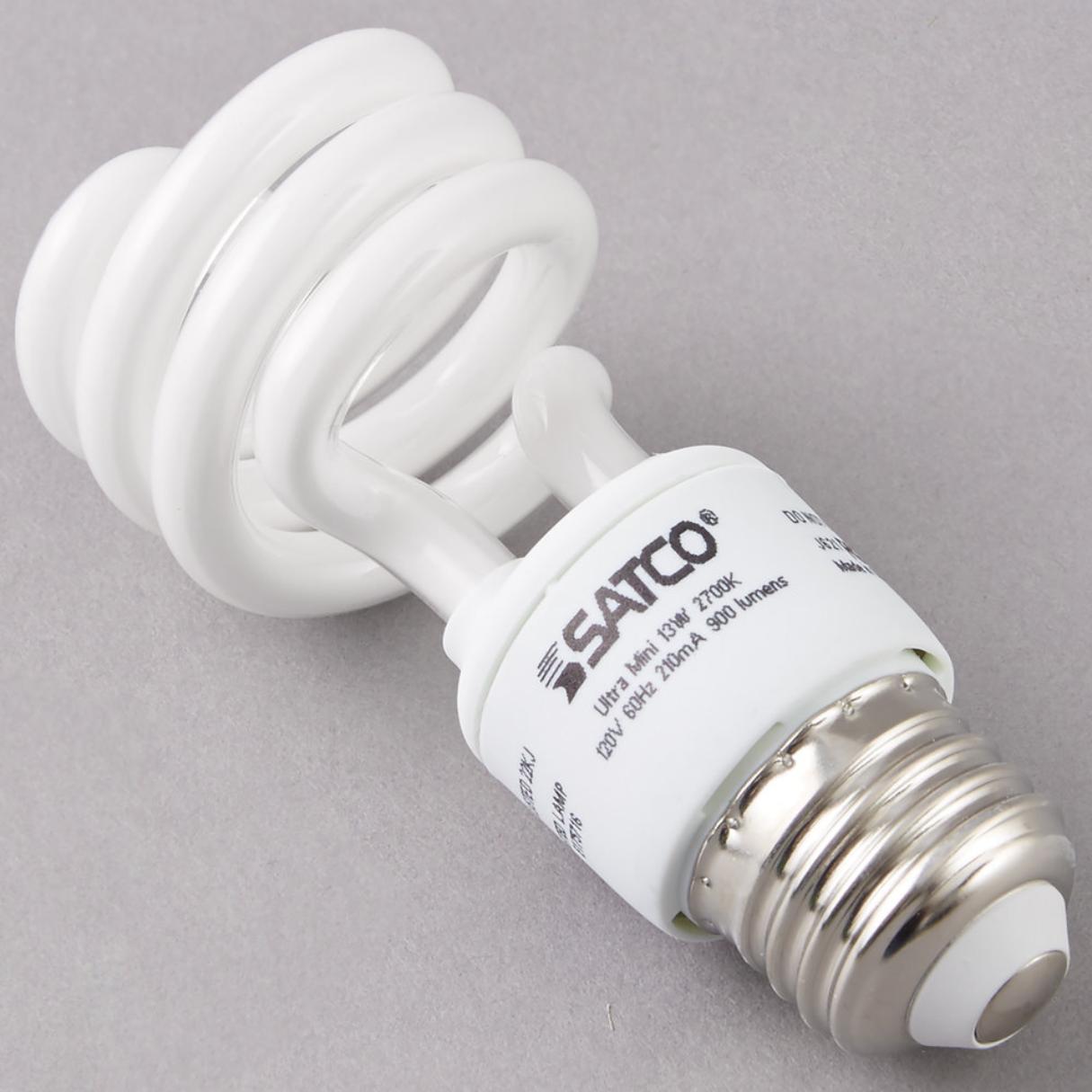

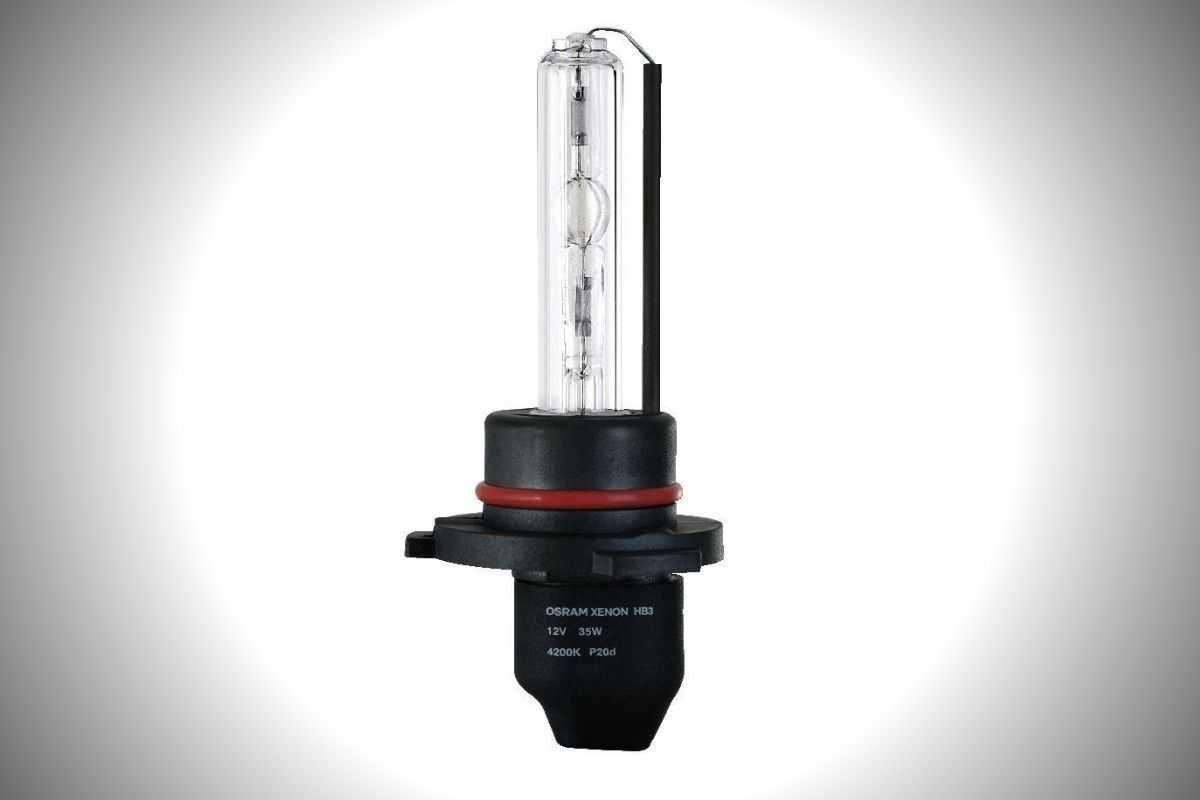
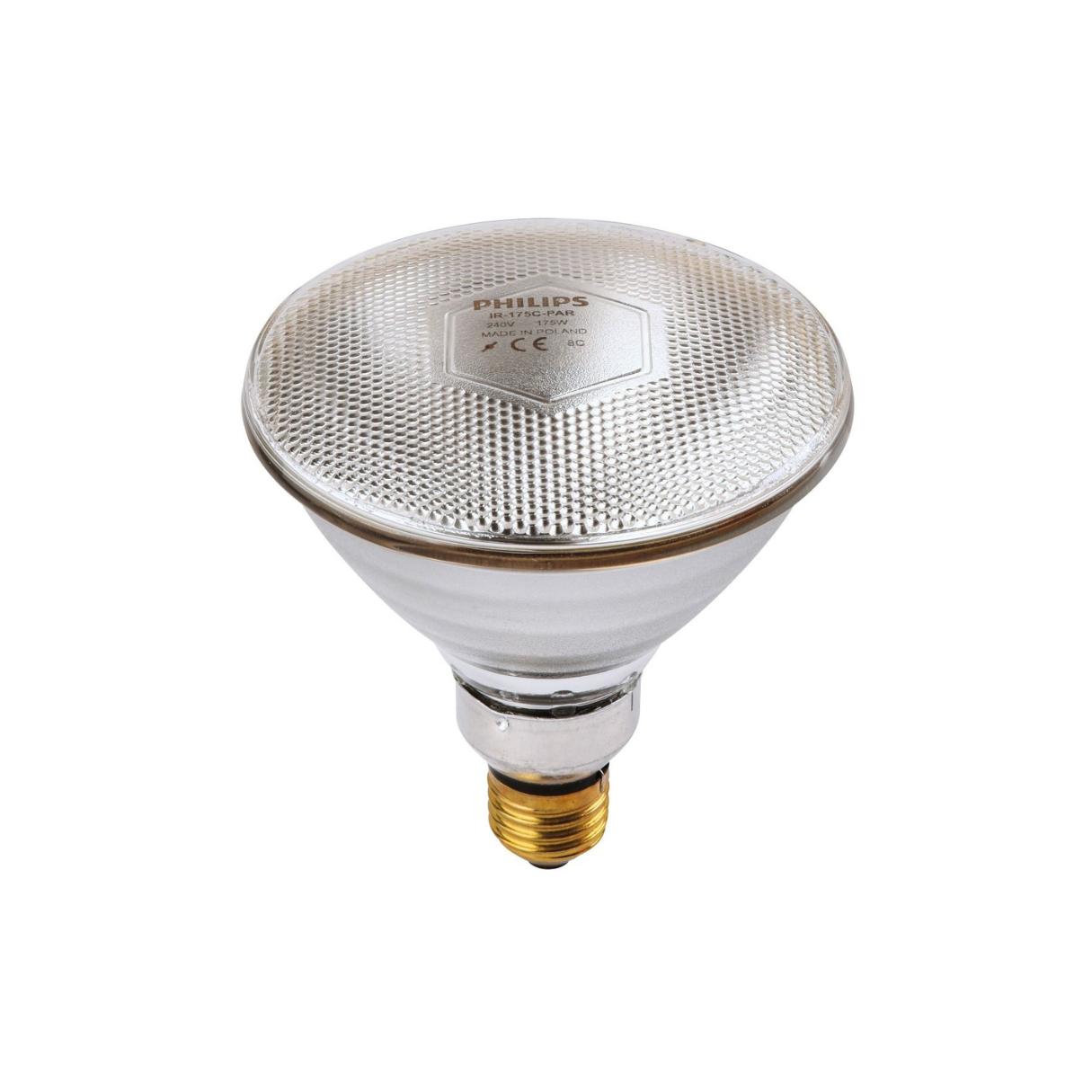

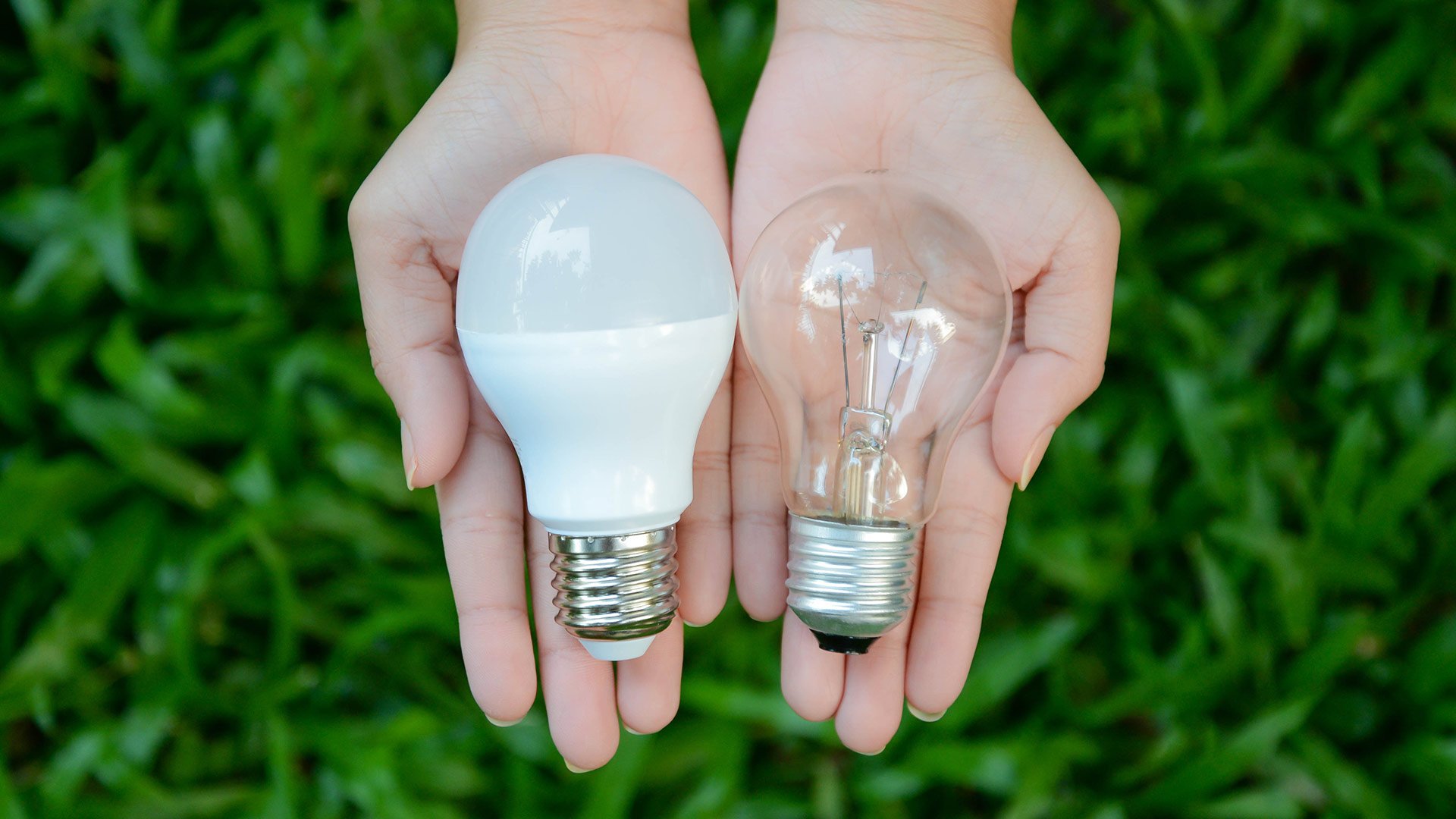
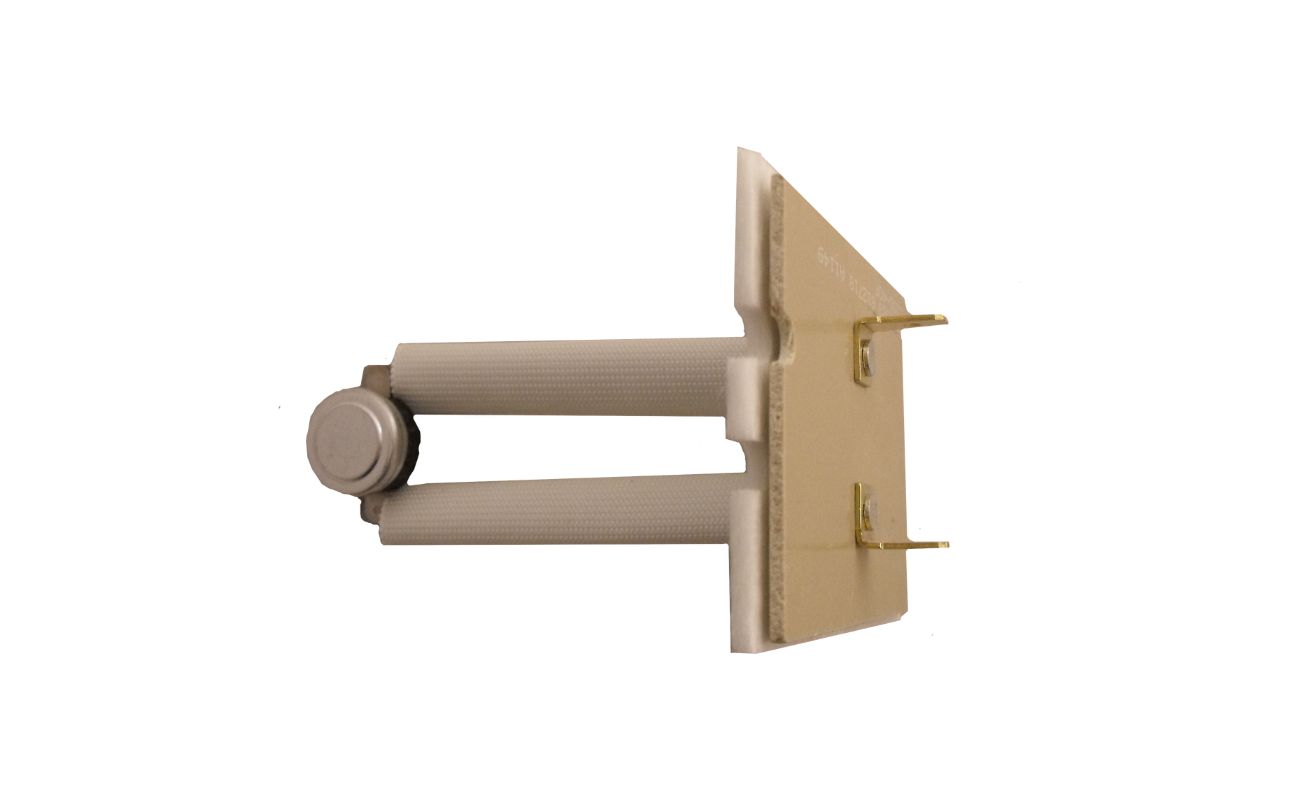
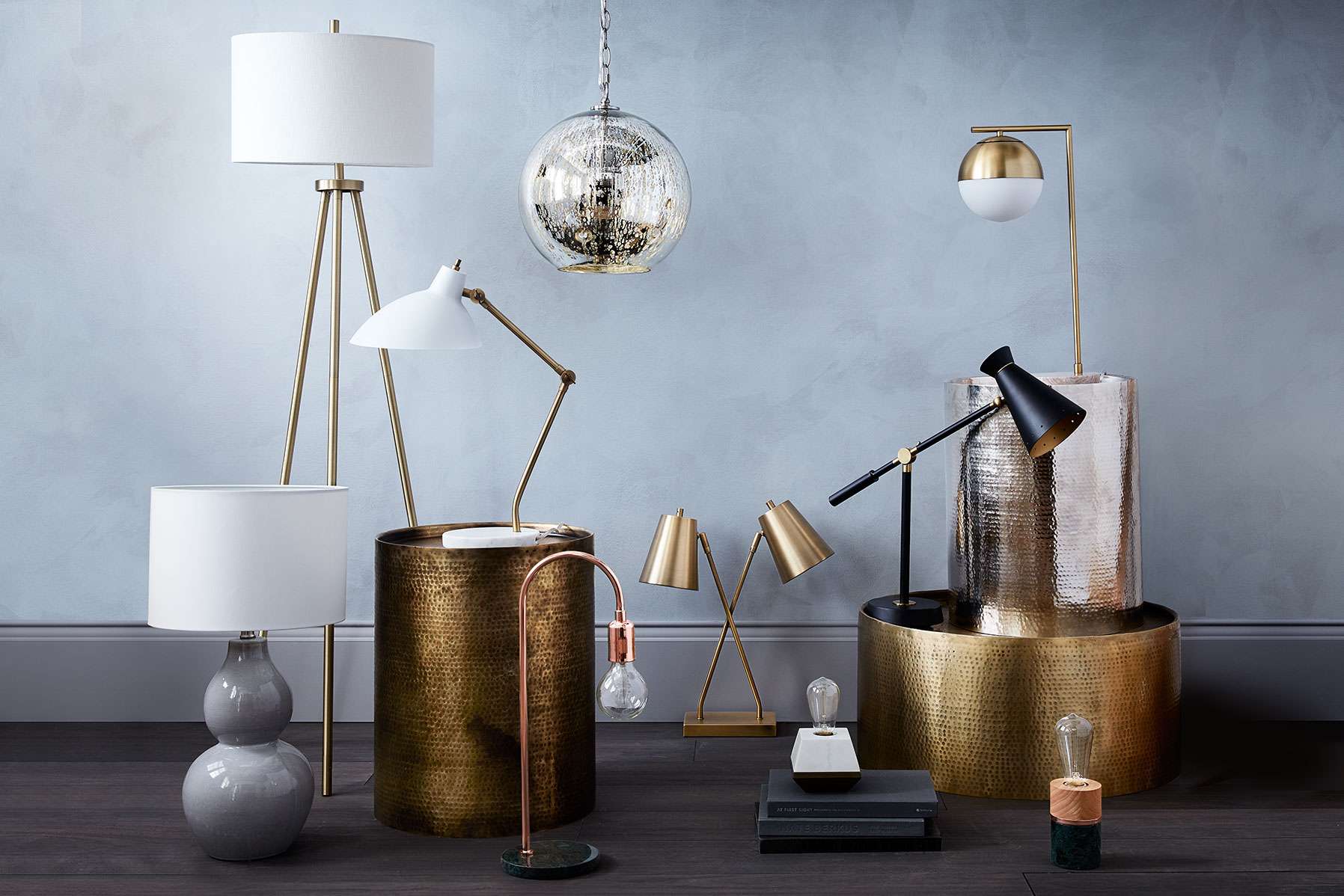

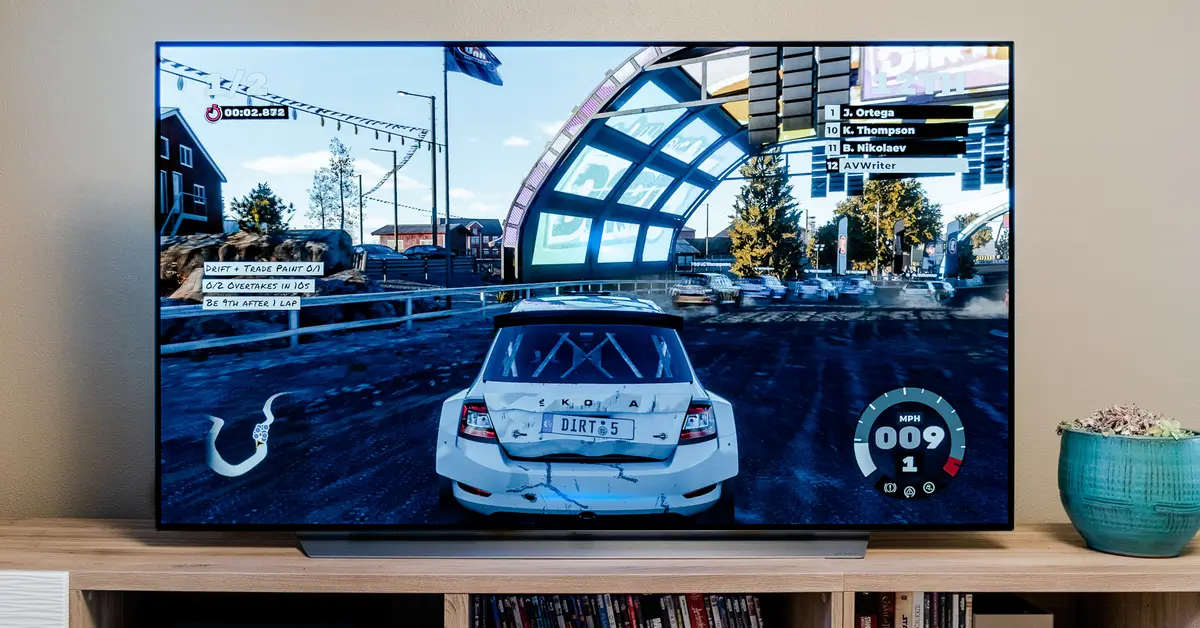

0 thoughts on “What Is The Purpose Of The Light Bulb”